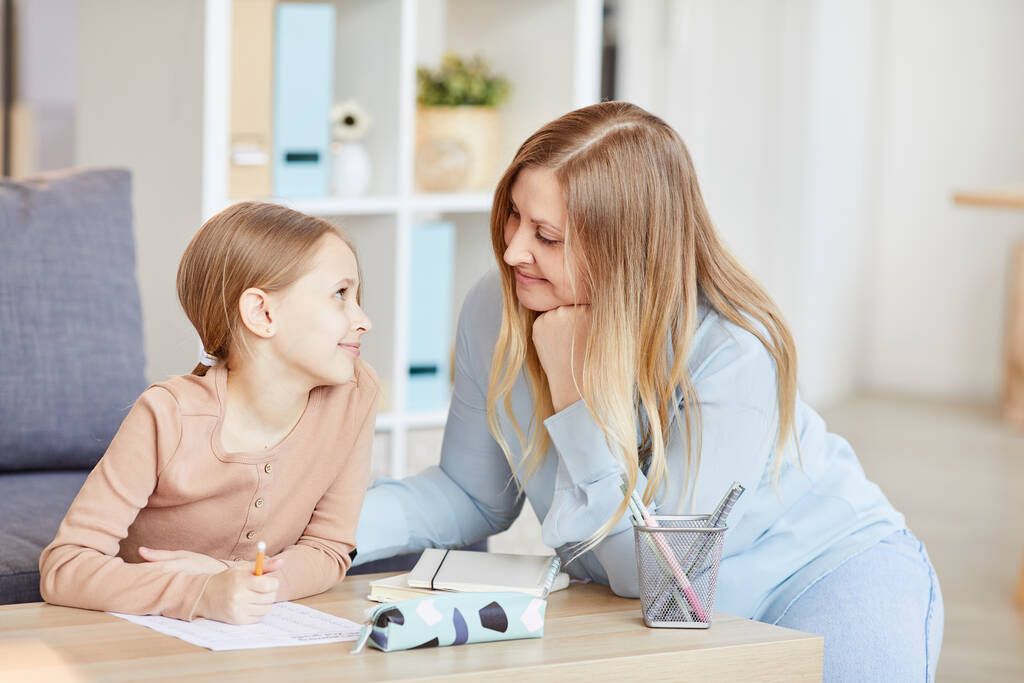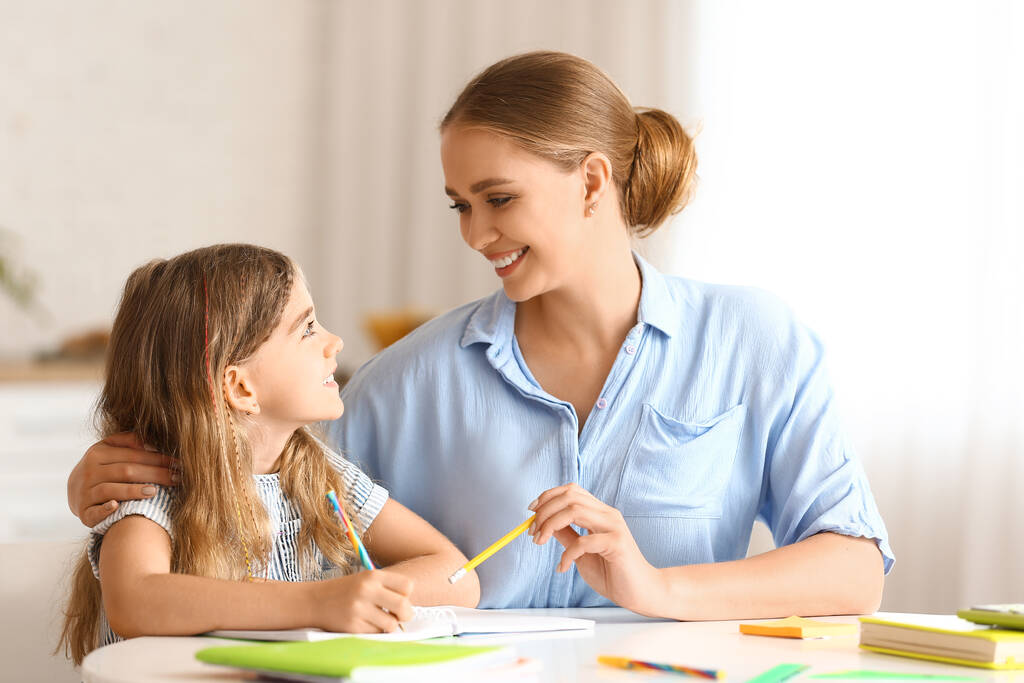Discover effective strategies and techniques for teaching emotional regulation to 5-6 year old children.
How to Teach Emotional Regulation to 5-6 Year Old Children
Emotional regulation is like a superpower for kids. It helps them navigate the ups and downs of life with grace and resilience. And as parents and caregivers, it’s our responsibility to equip our little ones with this essential skill. So, buckle up! We’re about to embark on an adventure of emotional discovery, teaching our 5-6 year olds the art of emotional regulation!

Understanding Emotional Regulation in Children
Before we dive in, let’s make sure we’re on the same page about what emotional regulation actually means. It’s like having a remote control for your emotions, being able to find the right balance between expressing them and keeping them in check. It’s about managing those big feelings, like happiness, anger, sadness, and excitement, in a healthy and constructive way.
But why is emotional regulation so important during early childhood? Well, it sets the foundation for their emotional well-being in the long run. By learning to understand and manage their emotions now, they’ll have a head start in building healthy relationships, making thoughtful decisions, and being resilient when faced with life’s challenges.
The Importance of Emotional Regulation in Early Childhood
Let’s take a moment to appreciate just how crucial emotional regulation is for our little ones. By developing this skill, they’ll be better equipped to handle stress, show empathy towards others, and maintain focus during activities. It’s like having a trusty compass to navigate the turbulent sea of emotions that can sometimes overwhelm them.
Emotional regulation in early childhood also plays a significant role in cognitive development. When children learn to regulate their emotions, they can think more clearly and make better decisions. It helps them develop problem-solving skills and enhances their ability to concentrate and learn. By understanding and managing their emotions, children become more self-aware and develop a stronger sense of self-identity.
Furthermore, emotional regulation is closely tied to social development. Children who can regulate their emotions are more likely to form positive relationships with their peers and adults. They are better able to understand and respond to the emotions of others, which fosters empathy and compassion. This emotional intelligence lays the groundwork for healthy social interactions and paves the way for successful communication and conflict resolution.
Identifying Emotional Milestones for 5-6 Year Olds
Every child is unique, and their emotional development is no exception. At the age of 5-6, they’re expanding their emotional vocabulary and gaining a deeper understanding of their own feelings. They’ll start to recognize emotions in others and may begin to express empathy towards their friends and family.
During this stage, children may also experience a wider range of emotions. They might feel excitement and anticipation before a special event, or frustration and disappointment when things don’t go as planned. It’s important for parents and caregivers to provide a safe and supportive environment where children feel comfortable expressing and exploring their emotions.
Keep in mind that some children might still struggle with managing their emotions, and that’s okay! Just like learning to ride a bike, it takes time, practice, and a few bumps along the way. As adults, we can help children develop their emotional regulation skills by modeling healthy emotional expression, providing guidance and support, and creating opportunities for them to practice self-regulation in a nurturing and understanding environment.
Techniques for Teaching Emotional Regulation
Now that we’ve laid the groundwork, let’s dive into some playful techniques for teaching emotional regulation to our little 5-6 year old learners.
Incorporating Emotional Vocabulary in Daily Conversations
Words are powerful! By weaving emotional vocabulary into our everyday conversations, we help children connect their feelings to words. So, the next time your little one is overjoyed, give that emotion a name and celebrate it together. It’s like sprinkling magic dust on their emotional development!
For example, imagine your child comes running to you, beaming with excitement, and exclaims, “Guess what, Mommy? I won the race!” Instead of simply saying, “That’s great, honey,” you can respond by saying, “Wow, sweetheart, you must be feeling so proud and happy right now! I’m so proud of you too!” By acknowledging and labeling their emotions, you are helping them build a rich emotional vocabulary and a deeper understanding of their own feelings.
Furthermore, you can also encourage your child to express their emotions by asking open-ended questions. For instance, during mealtime, you can ask, “How was your day at school? Did anything make you feel excited or upset today?” This not only helps them recognize and articulate their emotions but also fosters a sense of trust and open communication between you and your child.
Role of Play in Emotional Regulation
Play is a child’s natural language, so let’s use it to our advantage! Engage in role-playing games where they can take on different emotions and explore how they feel both inside and out. Whether they’re pretending to be a superhero or a character from their favorite story, they’ll gain a deeper understanding of emotions in a fun and interactive way.
For example, you can set up a pretend scenario where your child is playing the role of a doctor. You can act as the patient and display different emotions such as fear, sadness, or happiness. Your child can then practice identifying and responding to these emotions, offering comfort and reassurance. This not only helps them develop empathy but also teaches them how to regulate their own emotions in various situations.
Additionally, you can incorporate art and crafts into playtime to further explore emotions. Provide your child with materials like colored pencils, markers, and paper, and encourage them to draw or create artwork that represents different emotions. This allows them to express themselves creatively while also deepening their understanding of emotions.
Using Books and Stories to Teach Emotions
Storytime is not just for bedtime! Choose books that touch on different emotions and discuss them with your child. Ask questions like “How do you think the character feels?” or “What would you do if you were in that situation?” By relating emotions to relatable stories, you’ll give them valuable tools for navigating their own emotional journeys.
For instance, if you’re reading a book about a character who is feeling angry, you can pause and ask your child, “Why do you think the character is feeling angry? Have you ever felt angry like that before?” This encourages them to reflect on their own experiences and emotions, fostering self-awareness and empathy.
Furthermore, you can also encourage your child to create their own stories or write in a journal to express their emotions. This helps them develop their storytelling skills while also providing a safe outlet for processing and understanding their feelings.
Remember, teaching emotional regulation is an ongoing process, and these techniques are just a starting point. By incorporating emotional vocabulary in daily conversations, utilizing play to explore emotions, and using books and stories as teaching tools, you are equipping your child with valuable skills to navigate their emotional world with confidence and resilience.
Creating an Emotionally Supportive Environment
Now that we’ve got some techniques up our sleeves, let’s focus on creating an environment that supports our little ones’ emotional growth.
Creating an emotionally supportive environment for children is crucial for their overall well-being and development. It is a space where they feel safe, understood, and encouraged to express their emotions. By providing such an environment, parents and caregivers can play a significant role in shaping their child’s emotional intelligence and resilience.
The Role of Parents and Caregivers in Emotional Regulation
As a parent or caregiver, you play a vital role in modeling emotional regulation. Your child looks up to you for guidance, so take a deep breath when things get tough, label your own emotions, and show them that it’s okay to feel all the feels!
Children learn by observing and imitating the behavior of those around them, especially their parents and caregivers. When you demonstrate healthy emotional regulation, such as remaining calm during stressful situations or expressing your feelings in a constructive way, you provide a valuable example for your child to follow. This helps them understand that emotions are a normal part of life and can be managed effectively.
Furthermore, by labeling your own emotions and sharing them with your child, you create an open and honest atmosphere where they feel comfortable expressing their own feelings. This not only strengthens your bond but also teaches them the importance of emotional awareness and communication.
Fostering Emotional Intelligence through Positive Reinforcement
Remember, it’s not just about managing negative emotions but also celebrating and reinforcing the positive ones. Praise your child when they show empathy, kindness, or resilience. By highlighting and acknowledging these moments, you encourage the development of emotional intelligence and a strong sense of self.
Positive reinforcement is a powerful tool in nurturing emotional intelligence. When you recognize and praise your child’s positive behaviors, you reinforce their understanding of what is desirable and encourage them to continue exhibiting those qualities. This can be as simple as saying, “I noticed how kind you were to your friend today. That was really thoughtful of you!” Such positive feedback not only boosts their self-esteem but also reinforces the importance of empathy, kindness, and resilience in their interactions with others.
In addition to verbal praise, you can also use other forms of positive reinforcement, such as rewards or small gestures of appreciation. For example, you could create a sticker chart to track their acts of kindness or create a special ritual to celebrate their achievements. These actions not only make your child feel valued and loved but also reinforce the positive behaviors you want to cultivate.
By creating an emotionally supportive environment and actively fostering emotional intelligence, you are equipping your child with essential life skills that will benefit them throughout their lives. Remember, it’s a journey, and every small step counts!
Dealing with Emotional Outbursts and Tantrums
When those stormy clouds of emotions roll in, it can feel overwhelming for both you and your child. But fear not! We’ve got some strategies up our sleeves.
Strategies for Calming Down
In the eye of the emotional hurricane, it’s important to help your child find their calm. Encourage deep breaths, create a cozy space to retreat to, or offer them a stress ball to squeeze. Guide them in finding the techniques that work best for them, igniting their own superpower of emotional self-regulation.
Teaching Problem-Solving Skills
Want to help your child weather any emotional storm? Teach them problem-solving skills! Encourage them to identify the problem, brainstorm solutions, and evaluate the consequences of their actions. By being active problem solvers, they’ll feel empowered and capable of tackling any emotional challenge that comes their way.
Monitoring Progress and Adjusting Techniques
As the saying goes, “the only constant in life is change.” The same goes for our little ones’ emotional development. Let’s explore how we can adapt our techniques as they grow.

Recognizing Signs of Improvement in Emotional Regulation
Small victories deserve a standing ovation! Take note of those moments when your child demonstrates improved emotional regulation. Celebrate their progress and remind them of how resilient and amazing they are!
Adapting Techniques as Your Child Grows
As your child grows and matures, their emotional needs will evolve. Stay tuned to their emotional journey and adapt your teaching techniques accordingly. What worked when they were five might need a little tweak when they turn six. Being flexible and responsive to their changing needs will ensure that you’re always one step ahead in this emotional regulation adventure.
So there you have it, an adventurous guide to teaching emotional regulation to 5-6 year old children. Remember, it’s not just about teaching them to control their emotions but also embracing and celebrating their feelings. With a lot of love, patience, and a sprinkle of playfulness, you’ll watch your little superheroes soar high in their emotional sky!



